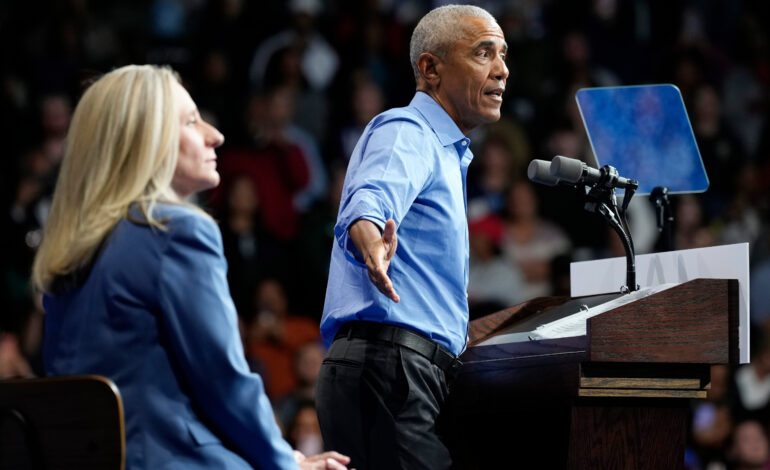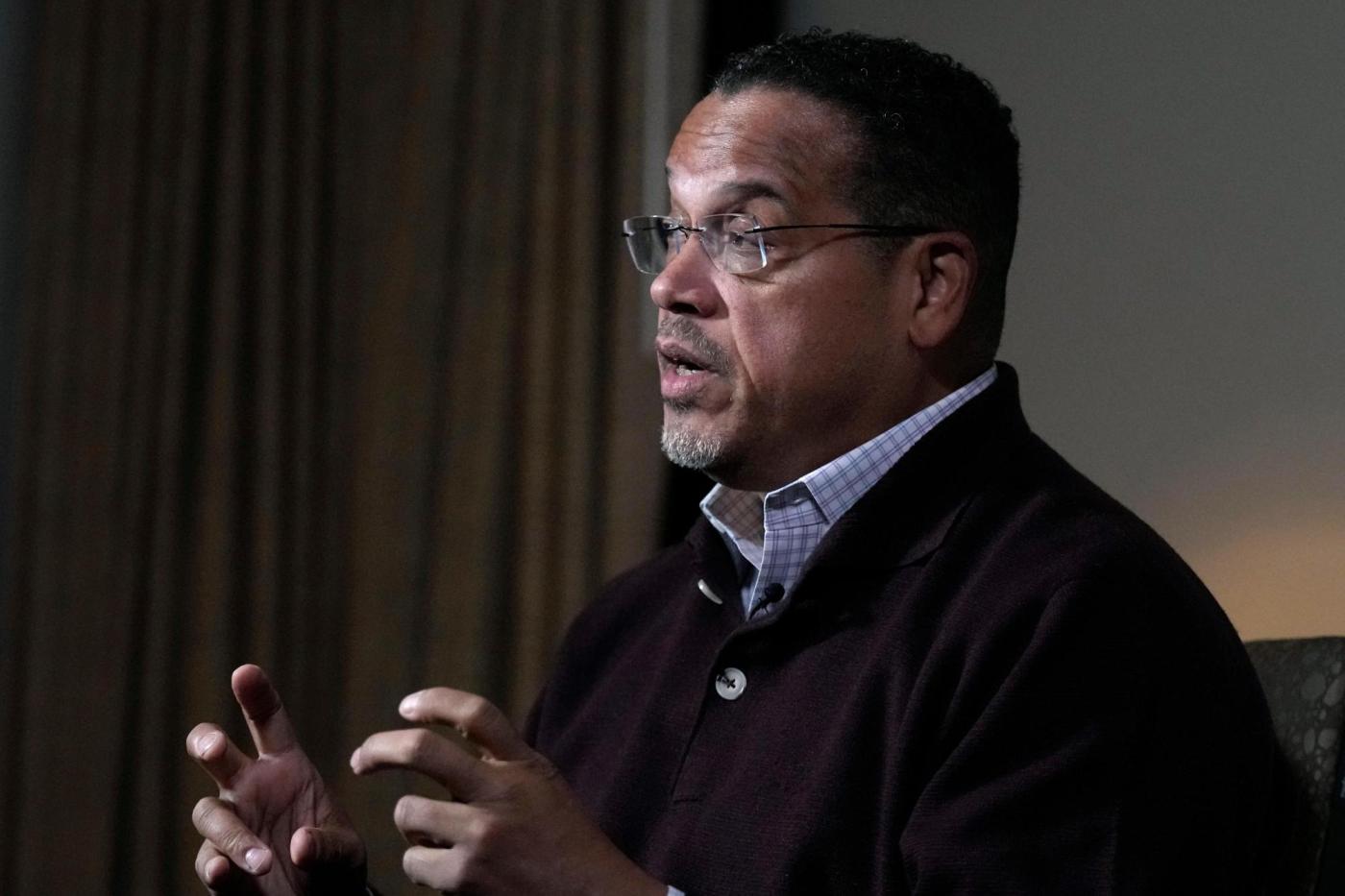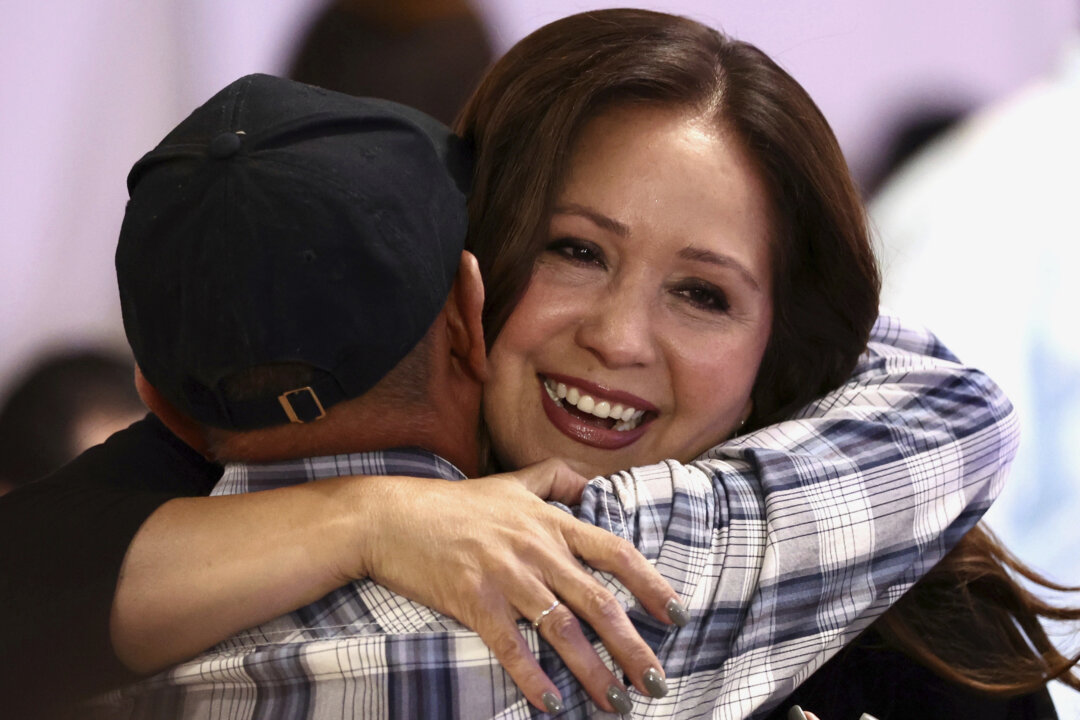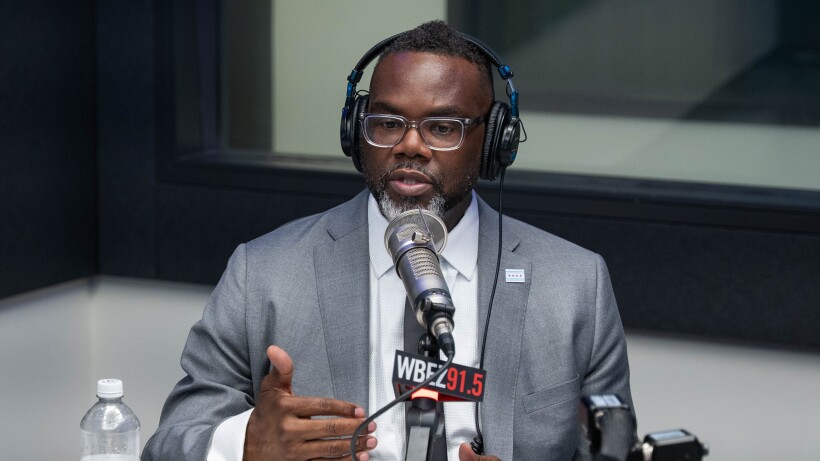Obama Steps Back into Spotlight as Democrats Seek New Leadership

Former President Barack Obama has reemerged as a significant figure for the Democratic Party, stepping in during a critical phase as the party grapples with its direction following significant electoral setbacks in 2024. His return to the political scene is seen as both a rallying point and a reminder of the challenges facing Democrats in the wake of disappointing results across various state and national elections.
The Democratic Party is currently evaluating its leadership structure and strategic approach. Following losses in both the U.S. Senate and the House of Representatives, there is a palpable sense of urgency to define a path forward. Many party members are vocal about the need for a leader who can effectively unify and energize the base, while simultaneously appealing to a broader electorate.
Assessing the Party’s Leadership Options
Obama’s involvement comes at a time when the Democratic National Committee is under pressure to identify potential candidates who can lead the party into upcoming midterm elections and beyond. With the November 2024 elections looming, the stakes are high. His past leadership and ability to galvanize supporters provide a hopeful narrative for those looking for direction.
Throughout his presidency, Obama demonstrated a unique ability to connect with voters across various demographics. His presence could inspire a new generation of leaders within the party. However, some analysts suggest that relying on a former president may indicate a lack of fresh ideas or new leadership from within the party ranks.
While Obama has stated he prefers to avoid direct involvement in party politics, his recent public appearances and statements signal a willingness to guide and mentor emerging Democratic leaders. This is particularly crucial as the party strives to recover from losses in traditionally Democratic strongholds, such as parts of the Midwest.
The Road Ahead for Democrats
As the Democratic Party seeks to redefine its identity, the focus will likely shift toward grassroots engagement and addressing key issues that resonate with voters. Economic concerns, healthcare access, and climate change are expected to be central themes in their messaging as they prepare for the upcoming election cycle.
According to political analysts, success in these areas will be vital for the party’s revival. The Democratic Party is also expected to prioritize outreach to younger voters, who have increasingly become a significant demographic in national elections.
In conclusion, while Barack Obama‘s reemergence offers a sense of familiarity and leadership, it also highlights the urgent need for the Democratic Party to develop a clear and compelling vision for the future. As they navigate the challenges ahead, the party will need to balance the legacy of past leadership with the innovative ideas of new candidates to create a cohesive strategy that resonates with the electorate.






